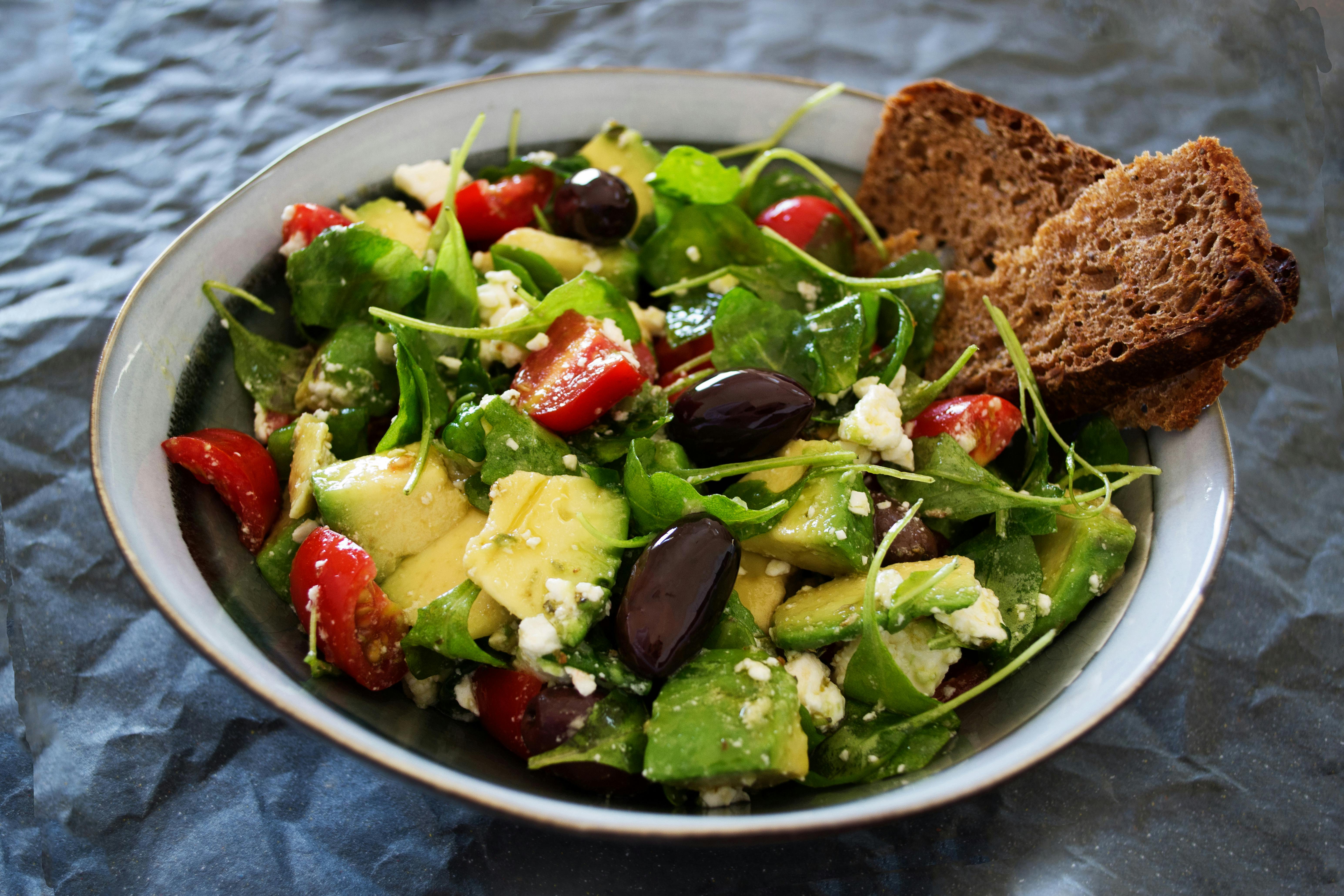Calorie counting can feel overwhelming, time consuming, and unsustainable, and many people find tracking every bite tedious or restrictive. Luckily, there’s a simpler and more intuitive way to eat smarter: the balanced plate method.
With just your eyes and a few easy rules, you can build satisfying, nourishing meals that help regulate hunger, support weight goals, and boost energy—no tracking required.
Why skip calorie tracking?
Although consuming the right amount of calories is important, obsessing over numbers misses the bigger picture: food quality, hunger cues, and sustainability.
- Counting calories can lead to burnout, stress, or even disordered habits.
- It doesn’t reflect how nutrient composition influences fullness, energy, or metabolism.
- The balanced plate method shifts the focus to what’s on your plate, not your tracking log.
Research supports this. Prioritizing whole foods like vegetables, protein, and healthy fats can support weight management and metabolic health, without detailed tracking.
The visual rule: ½ – ¼ – ¼ (plus healthy fats)
Here’s the simple framework:
- ½ of your plate: Non‑starchy vegetables
- ¼ of your plate: Lean protein
- ¼ of your plate: Complex carbohydrates
- Plus: 1–2 tablespoons of healthy fats (as a topping or side)
This balance helps control portions, boost nutrients, and stabilize energy levels.
½ plate: Non‑starchy vegetables
Vegetables are low in calories, high in fiber, and full of nutrients—making them a meal superstar.
Great picks:
- Leafy greens (spinach, kale, arugula)
- Broccoli, cauliflower, Brussels sprouts
- Zucchini, bell peppers, mushrooms, carrots, tomatoes
Benefits:
- Support digestion and gut health
- Increase fullness with minimal calories
- Help manage blood sugar when paired with protein and fat
¼ plate: Lean protein
Proteins are building blocks for muscle, appetite control, and metabolism, and they help you feel satiated.
Options include:
- Chicken or turkey breast
- Eggs or egg whites
- Greek yogurt
- Cottage cheese
- Fish (salmon, tuna, shrimp)
- Tofu, tempeh, edamame
- Beans and lentils (these also count toward complex carbs)
Pro tip: Adequate protein helps maintain muscle during weight loss and supports satiety, especially if you’re using GLP-1 medications.
¼ plate: Complex carbohydrates
Carbs are essential for energy, just make sure they’re the complex kind, as they sustain you longer than simple carbs.
Smart choices:
- Sweet potatoes, squash
- Brown rice, quinoa, farro
- Whole-grain bread or tortillas
- Lentils, chickpeas, black beans
- Oats, whole-wheat pasta
These options are fiber-rich and help steady blood sugar. Simple carbs, on the other hand, spike your blood sugar and then drop your energy.
Add: 1–2 Tbsp of healthy fats
Fats greatly enhance flavor, nutrient absorption, and fullness, so they deserve a little love. Use these wisely:
- Olive oil, avocado oil (for cooking or drizzling)
- Avocado slices or guacamole
- Nuts and seeds (chia, flax, almonds)
- Nut butters or tahini
- Fatty fish like sardines or salmon
Just sprinkle or drizzle to complete the meal.

Daily plate examples
Here are some examples of what a balanced-plate meal would look like in real life:
Lunch bowl
- ½ plate: Mixed greens, carrots, cucumber, tomatoes
- ¼ plate: Grilled chicken or tempeh
- ¼ plate: Farro or chickpeas
- Healthy fat: Olive oil + lemon dressing
Dinner plate
- ½ plate: Roasted broccoli + Brussels sprouts
- ¼ plate: Baked salmon
- ¼ plate: Quinoa
- Healthy fat: Avocado slices
Quick wrap
- ½ plate: Peppers, onions, lettuce
- ¼ plate: Black beans or shredded chicken
- ¼ plate: Whole grain tortilla
- Healthy fat: Guacamole or tahini
Consistency tips for everyday success
Eating balanced meals consistently doesn’t take more time—just a bit more planning ahead.
Stock your kitchen for easy meals:
- Pre-washed greens, veggie mixes
- Frozen veggie packets
- Rotisserie chicken, canned tuna
- Quinoa or brown rice, prepped ahead
- Yogurt, tofu, avocados, olive oil
Weeknight wins:
- Instant lunch: Salad kits + cooked protein + grains
- Breakfast hack: Veggies + eggs (or Greek yogurt + berries + flaxseeds)
- Stir-fry in minutes: Veggie blend + tofu + soba noodles
Mindful habits:
- Pause before you eat—ask “How hungry am I?”
- Eat at a table when possible
- Slow down and stop when you feel satisfied, not stuffed
Even if only 80% of meals follow the ½–¼–¼ rule, you're still supporting your goals consistently.
Why the visual rule works—and why it’ll stick
This simple yet flexible structure:
- Reduces cravings and overeating
- Improves digestion and energy levels
- Supports body composition goals
- Makes healthy eating less stressful
Most importantly, it trains your plate, not your phone. With time, you'll automatically build better meals—and build habits that last.
Eat smarter, not harder
The ½–¼–¼ method turns nutrition into a habit, not a chore. It works at home, school, work, or at a restaurant. No tracking, no stress, just better meals that help you feel your best. Need some extra support? Shed's Health Coaches can help you create healthy and delicious meals that help you meet your health goals. Visit tryshed.com to learn more.
FAQs
Can the balanced plate method help with weight loss?
Yes! By creating meals high in fiber and protein, most people naturally reduce calories without obsessing over numbers.
Can I use the visual rule with snacks?
Use the same formula on a smaller scale. Here are some examples:
- Greek yogurt + berries + flaxseed
- Veggie sticks + hummus + whole grain crackers
- Apple slices + almond butter
Is this method plant-based friendly?
Absolutely. Use beans, grains, tofu, and tempeh as protein—just remember that they’ll add to the carb portion of your plate, too.
Eating out—does the visual rule still work?
Yes. Look for meals with veggies and protein, ask for swaps (e.g., veggies instead of fries), and get sauces on the side.
.svg)









